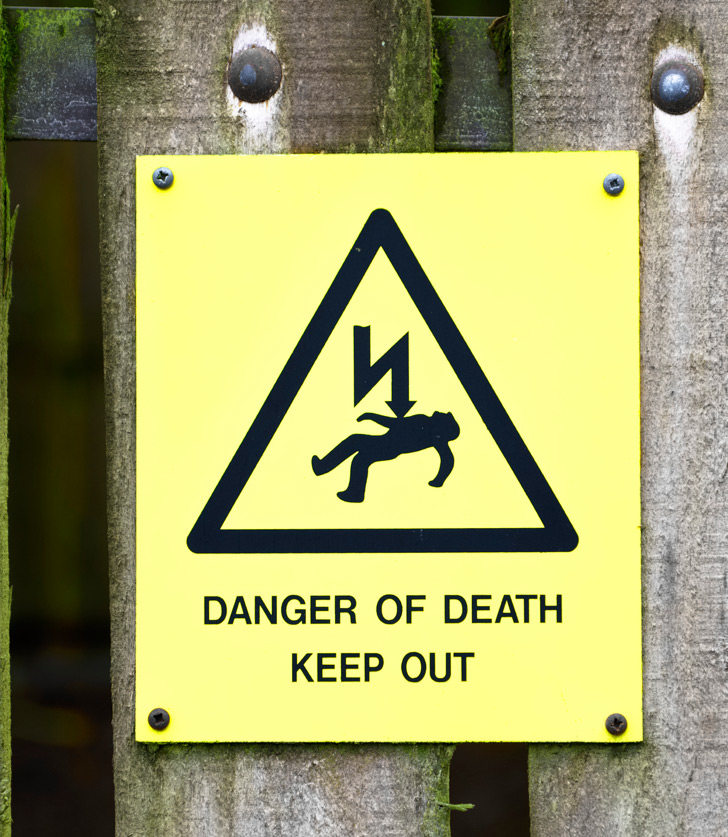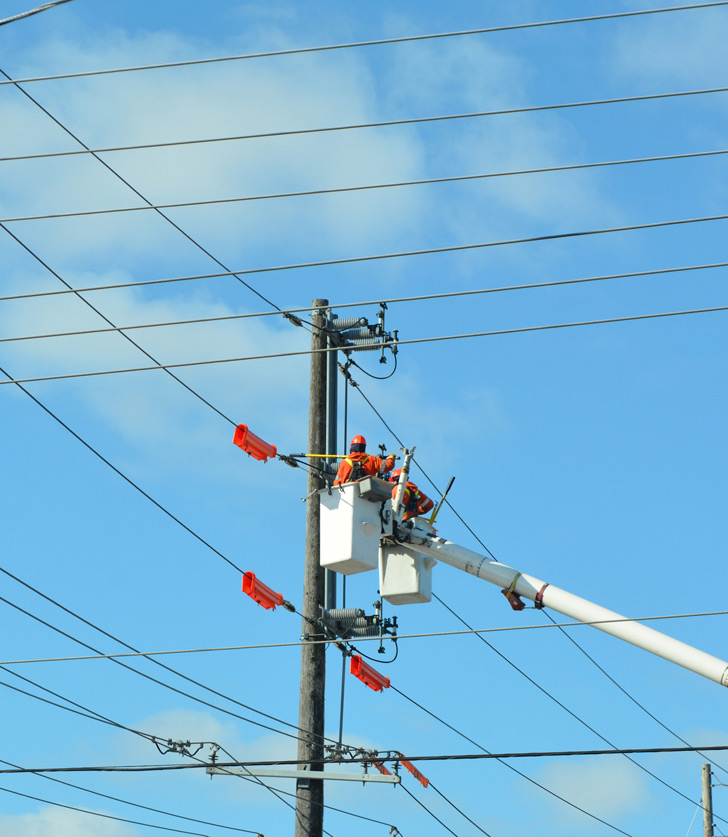

Regularly working on certain job sites presents the risk of exposure to wires that aren't properly installed or secured, and many other potential electrocution hazards.
Exposure to high volumes of electric current often results in serious burns, cardiac arrest, and other injuries that can be severe or fatal. Anytime electrocution occurs, it’s important to seek immediate medical care since electrical shocks can also cause internal damage.
What Causes Electrocution Accidents?
Electric machinery or equipment, exposure to power lines, and missteps involving electrical work on outlets are just some of common sources of work-related electric shock/electrocution accidents. In some cases, a worker may not be properly trained on how to safely work around electrical components or wires. There may also be times when safety regulations aren’t adhered to on a job site. Specific electrical accident injuries can include severe burns, nerve damage, brain-related damage, organ problems, sensory issues, and muscle damage.
Symptoms Associated with Electric Shock
Severe skin burns often result when electrocution occurs. It’s also possible for muscle spasms to be triggered in the affected area after a surge of electric current flows through tissues. Severe electric shock sometimes results in what’s referred to as compartment syndrome. This happens when muscle damage causes limbs within the affected area to swell. The increased pressure can affect arteries and contribute to other health-related problems. Electrocution may also produce symptoms that include:
- An irregular heartbeat
- Breathing difficulties
- A loss of consciousness
- Tingling sensations or numbness in the affected area
- Vision and/or hearing problems
- Headaches or seizures


How are Electrocution Injuries Treated?
When electric shock occurs, victims are usually advised to remain where they are unless there is a need to move away from a source of electricity. Sterile gauze should be used to cover wounds; but not bandages or anything else that could stick to skin wounds. If electrocution causes a person to stop breathing, it may be necessary for a trained co-worker or bystander to start CPR until emergency help arrives.
Treatment for electrocution will depend on the severity of the damage and the area that’s affected. If external damage primarily includes skin burns, additional testing may be done to check for signs of internal damage. Because organs can be affected be a surge of electricity, an EKG is often performed to check for heart rate irregularities. If the abdominal area is affected, image scans may be done to check for kidney or bladder damage.
